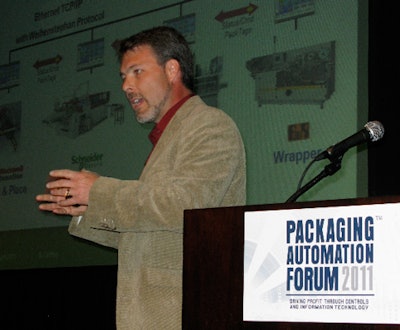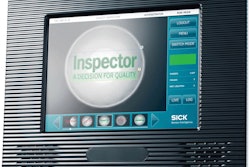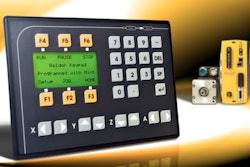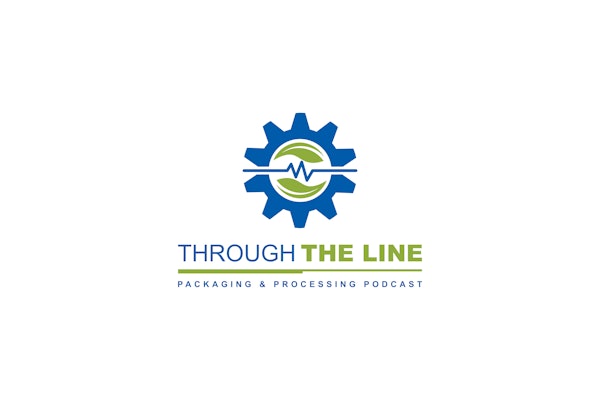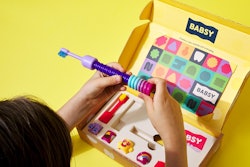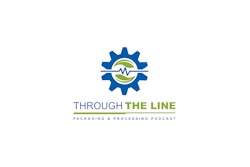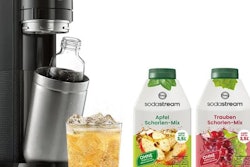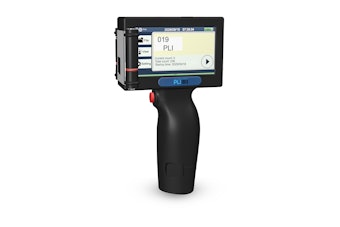Sponsored by Packaging World and Automation World magazines, this year’s Packaging Automation Forum drew a crowd of 119 that was pretty evenly split among packaging machinery buyers, packaging machinery builders, and technology providers. The presentation leading off the PAF was delivered by Bill Akins, president of Genofish, an agency that engineered and manages SupplierHub, Walmart’s Private Brand internet portal. Akins gave attendees an insightful look into how important it is that people in operations, manufacturing, and packaging stay in close communication with marketing. Marketing people at CPG companies have lots of data on retailer preferences and consumer behavior. But the organization can’t act on that data if it can’t be shared with operations people, including packaging. As Akins put it, “Insight without action is nothing but overhead.”
Other key takeaways from Akins dynamic presentation:
• Consumers want information to help them make a smarter choice. Increasingly, they’re using mobile devices right in the store to get that information.
• CPG companies are now creating their own digital coupons, which consumers access through mobile devices. The CPGs own the data that’s needed to pull this off, so they no longer need to rely on third-party vendors.
• Walmart is through with one-size-fits-all packaging. Armed with consumer data, the retailing giant is using the principles of demographics and psychographics to shape not only its product offerings but also its packaging.
• CPG companies should embrace mobile delivery of content as an extension of the package. If operations people collaborate effectively with sales and marketing, the company can create a “digital ecosystem” in which consumers and retailers will find value.
Jim Whalen, director of operations services at Rich Products, followed Akins with a much more plant-oriented presentation on MLO: Manufacturing Line Optimization. A closed-loop system that relies on automated data collection to optimize production and asset utilization, MLO is a valuable tool in driving continuous improvement. Rich Products, a 100% family-owned food manufacturer with $2.9 billion in sales, has leveraged its MLO program to improve OEE (Overall Equipment Effectiveness), reduce mechanical downtime overall, and reduce average duration of downtime incidents.
“Hard work and random acts of Lean were not getting it done,” Whalen told his audience. “We needed new tools.” The tools they wound up with were software solutions from the likes of Invensys Operations Management and Sightbridge Consulting.
Among the learnings Whalen shared is that if MLO is to succeed, everybody has to be on board, from the executive suite to the plant floor. Also essential is a Continuous Improvement Champion, which is pretty much what Whalen became at Rich Products. But he emphasized how important it is to eventually shift authority for Continuous Improvement away from the Champ and place it firmly in the hands of the folks on the plant floor. “It’s a matter of making sure that leaders are engaged and associates are rewarded for making progress,” said Whalen.
Also on the Program at the Packaging Automation Forum was Nestle’s Bryan Griffen (photo), Electrical and Automation Engineering Group Manager based at Nestle headquarters in Vevey, Switzerland. He described a recent packaging machinery controls mandate issued at Nestle central engineering that called for three things: adherence to international standards, horizontal integration from one packaging machine to the next on Nestle packaging lines, and vertical integration from packaging lines up into MES and ERP levels.
Griffen went on to describe how, after a successful demo project proved that controllers from four different technology providers—B&R, Schneider, Siemens, and Rockwell—could share information on a common communications protocol if all controllers were PackML-compliant, Nestle came to the conclusion that PackML is the vehicle that will help them achieve their vision for packaging automation. The specific communications protocol used in the demo was a Weihenstephan-based structure, which was selected largely because each of the technology providers already had an interface package based on Weihenstephan.
Griffen emphasized that broader acceptance and implementation of PackML holds significant benefits not only for Nestle and other CPG companies but also for packaging machinery OEMs. “The modularity of PackML and its reliance on reusable code means less testing, easier commissioning, and better customer relations for the OEMs,” said Griffen. He also pointed out that PackML could help the OEM better protect intellectual property because the OEM would no longer have to share as much controls and programming detail with the systems integrators of the world with PackML in place.
Watch future issues of Packaging World for additional coverage of the Packaging Automation Forum.
